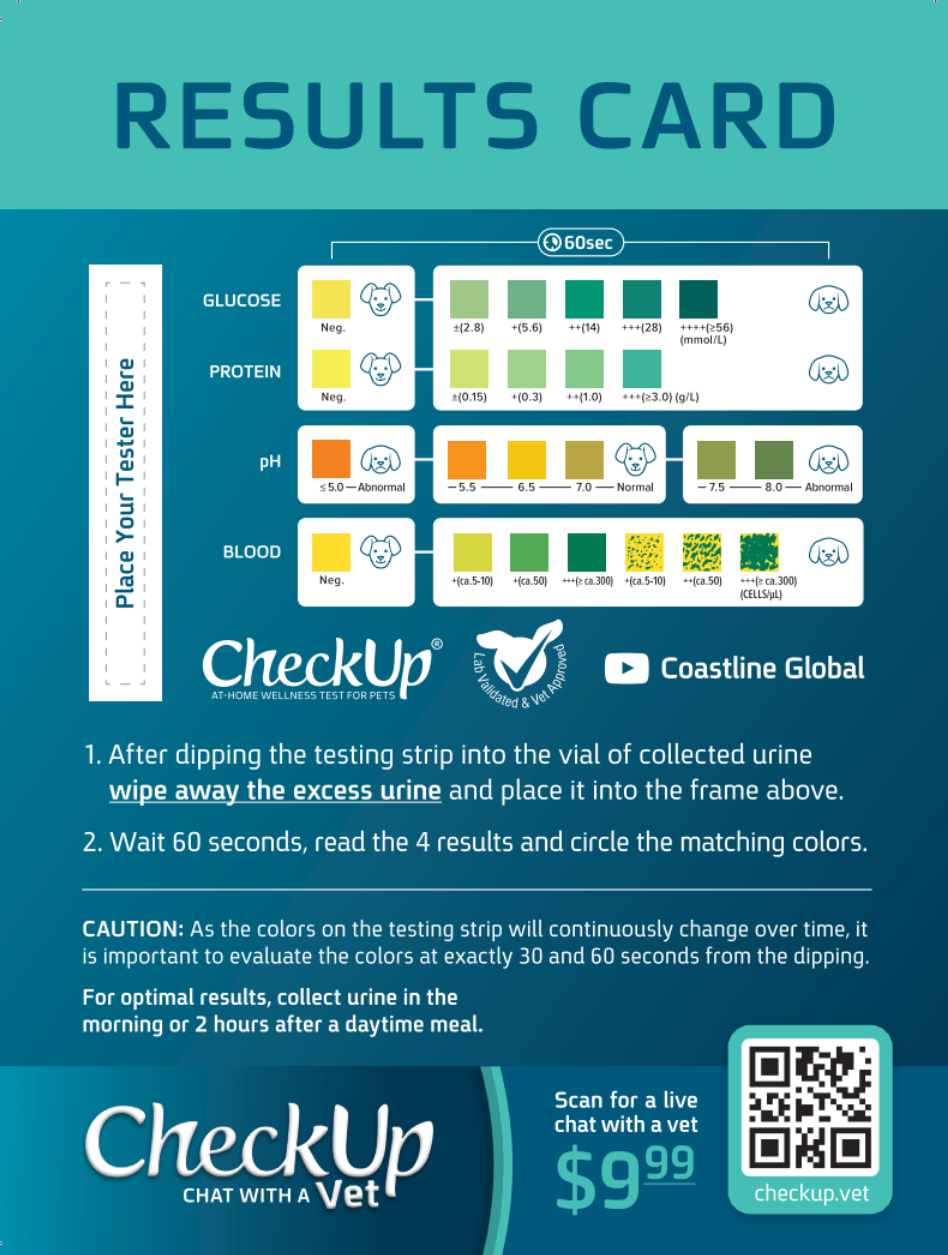It’s amazing how much a veterinarian or biologist can learn from something most of us avoid coming into contact with. Your cat’s urine can tell a vet if your pet is sick or well, and even what kind of disease or hormonal or nutritional imbalance is ailing him.
Depending on your cat’s condition when he arrives at the vet, you may be faced with several options for how to get a urine sample:
1. Catheterization. The veterinarian will insert a catheter – a thin, hollow plastic tube — into your cat’s urethra to reach the bladder and get the sample.
2. Cystocentesis. In cystocentesis, your vet will get a sample by inserting a needle through the abdomen, into the bladder.
Both of these methods should only be performed by your veterinarian. While they are effective ways to obtain uncontaminated urine samples, they’re also not likely to be very pleasant for your cat.
3. Collecting urine at home.
Luckily, in many cases, there are less invasive ways to get a urine sample. These options can also be used for people who need to monitor their cat’s urine on a frequent basis. For example, if your cat has diabetes, you may want to do regular urine tests to see how much glucose is in his system. As always, ask your vet about these testing options to be sure they’re right for your cat.
If your vet asks you to get a urine sample at home, or suggests you do regular analyses of your cat’s urine, you have some choices. The most recommended choice is using the kit4Cat urine sample collection kit – click here for buying options (make sure to read the Amazon.com reviews).
Another choice is the “free-catch” method – which is exactly what it sounds like: you wait for your cat to urinate, and collect what comes out directly into a container or the sample jar. Free-catch is pretty tricky, as you might imagine; any cat owner knows how private their feline friend is about litter box time.
Fortunately, free-catch is far from the only choice out there. Many kits are available that are supposed to make getting a litter sample an easy task. They typically come with special, non-absorbent litter, an eyedropper, and a sample jar or vial. But not all kits are the same.
The litter in many kits is made up of plastic pellets. The pellets don’t absorb liquid, which may allow you to get a sample. But they don’t collect the urine in any way, either, so you might find yourself scraping the eyedropper along the bottom of the litter box, or tilting the box so that you can find a deep enough pool to take a sample from. The pellets are also small enough that they may be aspirated with the urine. Because of these issues, there’s a higher instance of sample contamination with these kits. And what about the cat in all this? Pellet litter has only a 25% compliance rate; most cats hate the smell and feel of the pellets, which irritate their paws. Why add that to the stress and suffering your cat might already be feeling?
This brings us back to our Kit4Cat kit that we mentioned above. This urine sample kit comes with litter made of hydrophobic sand. This means that the urine gathers in pools on top of the litter, and is very easy to collect. Contamination rate is as low as that of urine taken from catheters. And most importantly, Kit4Cat’s litter has an approximately 100% compliance rate: cats use it like their regular litter. Sand is the cat’s natural environment, harking back to the days when they first emerged in the deserts. It doesn’t irritate their paws, and our sand also has no odor, so it won’t put a cat off. We believe that Kit4Cat is a small revolution, both for owners, and their pets. Ask your vet if she sells Kit4Cat in her office, or, if you take regular urine samples, you can purchase kits through our site.
When it comes to getting a urine sample, the purity of the sample and your cat’s well-being are paramount. Kit4Cat can give you both.







